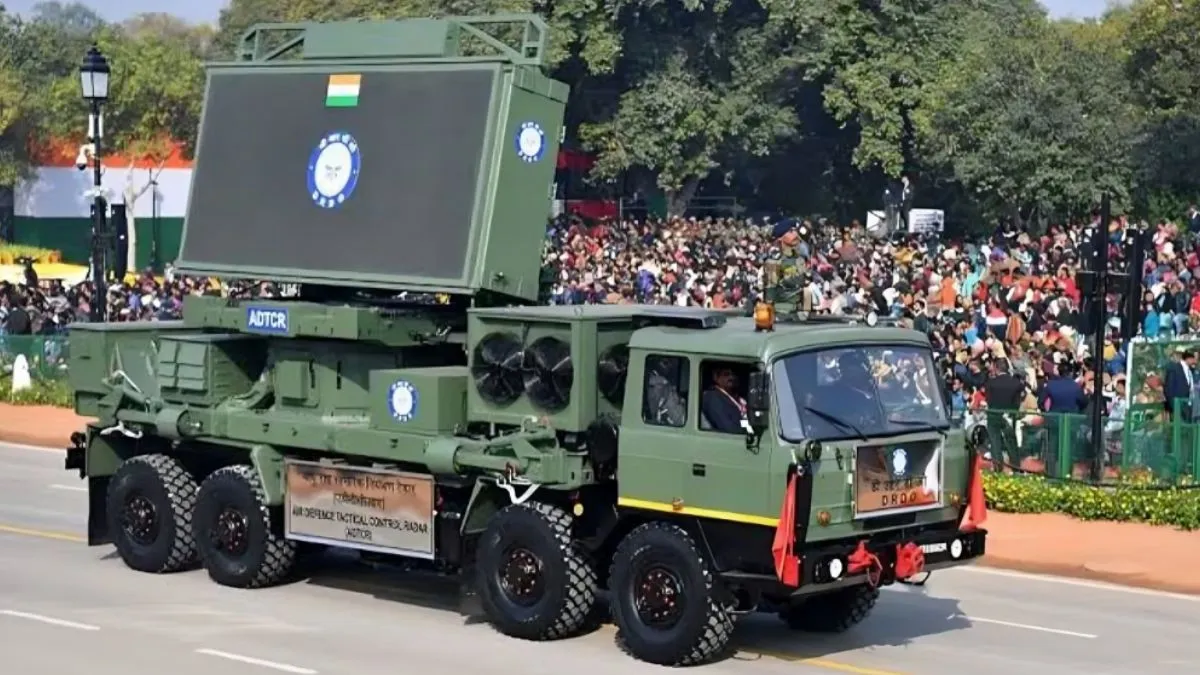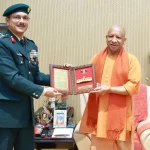As repoerted by IDRW, Air Marshal Ashutosh Dixit, Chief of Integrated Defence Staff (CISC), has called for a focused national push to develop advanced anti-stealth radar and long-range air defence systems to counter the rising threat of fifth-generation fighter jets. Speaking at the CNN-News18 Defence Townhall on June 28, Dixit underscored the importance of preparing India’s air defence infrastructure to face stealth-enabled platforms like China’s J-20 and FC-31 and the growing risk of Pakistan acquiring similar capabilities.
This statement comes amid rising regional tensions and follows India’s recent operational success in Operation Sindoor, a four-day military engagement with Pakistan after a terror attack in Pahalgam. Dixit emphasized that stealth platforms, including the U.S. F-35, China’s J-20, and Russia’s Su-57, represent a transformation in air combat. These aircraft rely on low radar cross-section (RCS), sensor fusion, supercruise, and network-centric warfare to gain the “first look, first kill” advantage. Their integration with drones and hypersonic systems makes them even more dangerous.
China’s deployment of the J-20 near the Line of Actual Control and the potential export of the FC-31 to Pakistan have alarmed Indian defence planners. Pakistan’s use of Chinese-made YLC-8E anti-stealth radar during Operation Sindoor highlighted the evolving electronic warfare threat landscape.
Drawing lessons from that operation, Dixit stated, “The side that sees first, sees farthest, and sees most accurately prevails.” He stressed that India must accelerate the development of technologies capable of detecting and neutralizing stealth threats before they strike.
India’s current air defence architecture is multi-layered and integrates several indigenous and foreign systems. The Integrated Air Command and Control System (IACCS), developed by Bharat Electronics Limited, plays a key role by fusing data from radars, airborne sensors, and command centers to enable rapid response. It proved critical in managing threats during Operation Sindoor, coordinating systems like Akash, MR-SAM, and the S-400.
Also Read: Complete List of India’s Air Defence Systems as of 2025
The Akash and Akash-NG systems, with ranges up to 80 km, and the Indo-Israeli MR-SAM, with a 70–100 km range, were instrumental in intercepting aerial threats during the operation. The S-400 Triumf system, with a range of up to 400 km, forced Pakistani assets to reposition away from the conflict zone. The Arudhra radar, developed by DRDO with a 300 km detection range and ability to track low-RCS targets, is another important component of the Indian Air Defence network.
To further strengthen this architecture, DRDO recently unveiled Project Kusha, India’s indigenous long-range air defence system equivalent to the Russian S-500. Announced on June 8, 2025, Project Kusha is designed to counter stealth aircraft, hypersonic weapons, and ballistic missiles. Its Long-Range Battle Management Radar (LRBMR) can detect targets over 500 km away and integrates seamlessly with IACCS. The system’s three interceptors—M1 (150 km), M2 (200 km), and M3 (350 km)—will offer layered protection. Project Kusha aims for an 80–90% interception rate and is targeted for operational deployment by 2028–2029.
Also Read: India Accelerates Development of Indigenous S-400-Like Missile System Under Project Kusha
Despite these advancements, Dixit noted that stealth aircraft, with their low RCS, electronic countermeasures, and advanced coatings, remain difficult to detect using conventional X-band or S-band radars. He stressed the need to develop anti-stealth radars operating in lower frequencies like VHF and UHF, which can better detect stealth aircraft albeit with lower resolution.
He also called for integration of multi-band radar systems to create a unified air picture, reducing the limitations of individual frequency bands. Future technologies like quantum radar and passive radar systems—capable of detecting stealth aircraft using ambient radio signals—were also highlighted as essential research areas.
Project Kusha, described by DRDO as a game-changer, supports India’s Atmanirbhar Bharat initiative by relying entirely on indigenous design and development. It also positions India to offer advanced air defence solutions to nations seeking alternatives to Russian and Western systems.
As the nature of aerial warfare continues to evolve, Dixit’s remarks signal a clear strategic directive: India must stay ahead of the curve by advancing its radar technologies and long-range air defence systems to secure its skies against the stealth threats of tomorrow.







